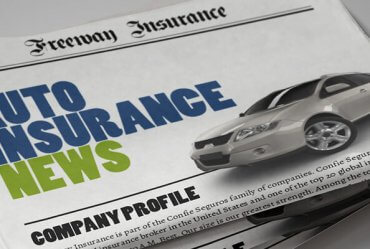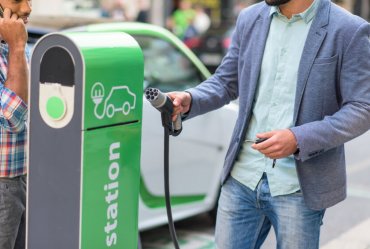The more gadgets and safety features auto makers add onto their new cars, the more we depend on them. And, that could prove costly in a number of ways.
Required on all 2018 vehicles
Studies conducted by the American Automobile Association (AAA) show that the rear-view camera systems required on all new vehicles in 2018 and currently available on some models may not be 100 percent effective. While the tests did show the rear cross traffic alert (RCTA) systems provide a myriad of consumer benefits, they still have some shortcomings as well.
The intent of the systems – with the use of sensors – is to help drivers detect other vehicles, motorcycles, bicycles and pedestrians moving behind their backing vehicle. But, in some cases, the systems may be rendered ineffective or fail altogether.
For example, the AAA found that, when a smaller vehicle with RCTA was parked between two much larger vehicles and was attempting to back out of the parking space, the system was virtually useless, since the sensors were unable to “see” through the larger obstacles blocking their view.
Failure rate almost half on some tests
Furthermore, some of the other AAA tests showed:
- The RCTA system failed almost half the time (48 percent) to detect a passing motorcycle.
- In two out of five instances (40 percent of the time), a bicycle passing behind the equipped vehicle was not detected.
- In an alarming three out of ten tests (30 percent of the time), a passing vehicle was not detected.
- In rear cross traffic alert systems designed to detect pedestrians, those tested failed to detect a person or small child a significant 60 percent of the time.
Mistake of relying entirely on RCTA
Unfortunately, as is often the case, drivers who purchase vehicles equipped with these highly touted innovative safety features tend to make the mistake of relying entirely on them without realizing that these devices have limitations, especially in rain, hail or snow. Over-confidence combined with inattentiveness can result in a serious incident – one that could have been avoided had the driver not depended exclusively on the RCTA.
The AAA recommends the following:
- Consumers should keep in mind when shopping for a new car that those equipped with a RCTA system may aid the visibility of the driver by detecting obstacles to the rear, but the system should never be depended on as a fool-proof way to prevent an auto accident.
- Drivers should always back up slowly while checking mirrors and blind spots to make sure it is safe to continue, regardless of having a vehicle with a rear cross traffic alert system.
- Because success and failure rates varied widely between vehicles in the AAA testing, you should familiarize yourself with the limitations associated with your particular system.
- Backing into a parking space whenever possible is considered the best way to avoid accidents. By leaving yourself room to pull forward and out of the space, you can increase your visibility and reduce your chances of an accident.
- Research the vehicle equipped with RCTA technology you plan to buy ahead of time. Systems vary in price – ranging from as low as $600 to more advanced technology on luxury vehicles that can set you back $9,000 for some packages.
- Although the studies conducted by the AAA did show that RCTA systems provide significant benefits by increasing a driver’s visibility to the rear by as much as 46 percent, it’s not 100 percent visibility and should not be relied on as if it was.
- Continue to use your eyes in addition to the RCTA system. Together you stand a better chance of reaching 100 percent visibility.
Remember – while your auto insurance company may give you a discount for having a vehicle equipped with a rear cross traffic alert system, your South Carolina car insurance rates will balloon in a big hurry if you back into another car or object – with or without RCTA technology.



